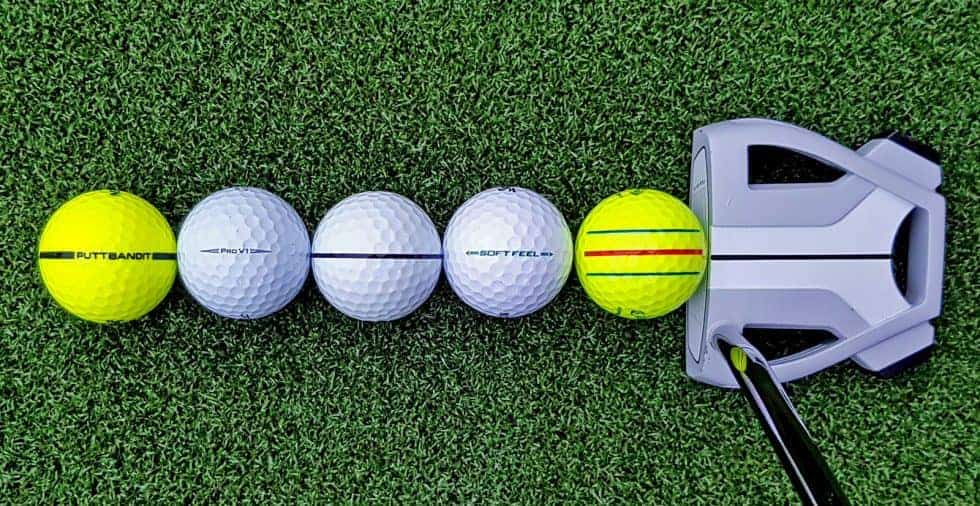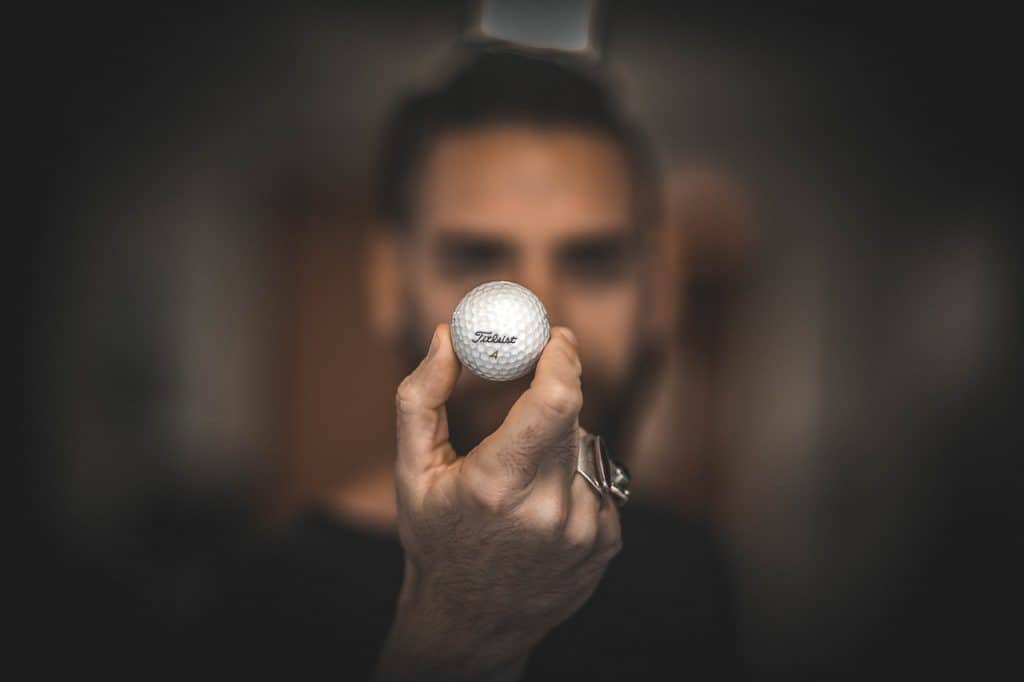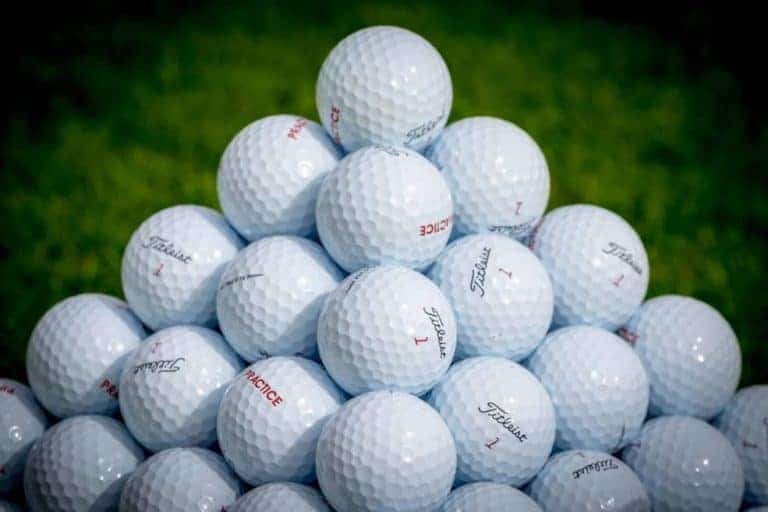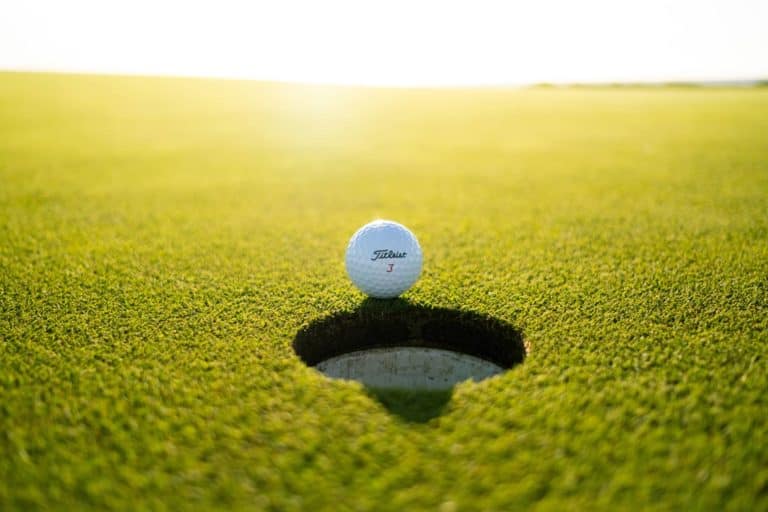Golf Ball Technologies for Beginners: Drive Your Game with the Right Ball
An in-depth exploration of key golf ball technologies for beginners, including alignment aids, low spin designs, soft covers, compression ratings, and other crucial factors for choosing the perfect golf ball.
Introduction
Golf, a game of precision and finesse, requires careful consideration of various equipment choices. Among these, the golf ball stands at the forefront. Understanding the nuances of golf ball technologies can greatly impact a beginner’s game, enhancing both accuracy and control. In this article, we will delve into the intersection of sport and technology, focusing on alignment aids, low-spin designs, soft covers, compression ratings, and other essential factors to consider when selecting the ideal golf ball. Understanding these key golf technologies for beginners will help you not only play better but enjoy the game more.

1. Understanding the Role of Alignment Aids
Alignment aids are essential features incorporated into modern golf balls to assist players in aligning their shots accurately. By providing visual cues, these aids help golfers establish optimal alignment and improve shot accuracy. There is a wide variety of golf balls with alignment aids available at Pro Shops and retailers like Amazon. Let’s explore the key aspects of alignment aids:
- Definition and Explanation: Alignment aids refer to specific markings, patterns, or graphics on the golf ball’s surface, strategically positioned to assist in aligning the shot. These aids serve as visual guides for golfers to square up their clubface and align their shots accurately.
- Improved Accuracy and Alignment: By utilizing alignment aids effectively, beginners can enhance their shot’s accuracy. Proper alignment enables consistent ball striking and reduces the likelihood of misalignment-induced errors.
- Popular Alignment Aids: Many golf ball manufacturers incorporate alignment aids into their products. Notable examples include the prominent straight line, arrow, or tri-line patterns that allow golfers to visualize their intended target line effortlessly.
- Tips for Utilizing Alignment Aids Effectively: To maximize the benefits of alignment aids, beginners should practice aligning their eyes, feet, hips, and shoulders parallel to the target line. Additionally, experimenting with different alignment aid designs can help identify the most effective visual cue for individual preferences and playing styles.
2. Benefits of Low Spin Designs for Straighter Shots
The concept of spin plays a crucial role in the flight and trajectory of a golf ball. For beginners seeking straighter shots and improved overall performance, low-spin designs offer substantial advantages. Let’s delve into the significance of low-spin designs:
- Exploring the Concept of Spin: Spin in golf shots refers to the backspin and sidespin generated when the club strikes the ball. Backspin influences the distance, trajectory, and control of the ball’s flight, while sidespin affects shot accuracy and the ball’s tendency to curve.
- Understanding the Impact of High Spin vs. Low Spin Designs: Comparatively, high spin designs generate more backspin and sidespin. While skilled players can harness the benefits, beginners typically struggle to control shots with excessive spin. Low-spin designs, on the other hand, minimize unwanted spin, allowing for straighter, more predictable shots.
- Notable Golf Ball Brands and Models with Low Spin Designs: Leading golf ball manufacturers offer various models tailored for low spin performance. Popular options include the TaylorMade Project (a) Ball with its advanced dimple pattern designed to reduce unwanted spin, and the Srixon Soft Feel Ball featuring a multi-layer construction optimized for low spin shots.
- Techniques to Enhance the Benefits of Low-Spin Golf Balls: To fully exploit the advantages of low-spin designs, beginners should focus on developing a consistent and smooth swing. Proper weight transfer, clubface control, and body rotation are key elements that influence the success of low-spin shots.
3. Advantages of Soft Covers for Better Control around the Greens
Control around the greens is a critical aspect of a golfer’s short game. Soft covers on golf balls provide the necessary characteristics to achieve optimal control. Let’s explore the benefits of investing in golf balls with soft covers:
- The Role of the Golf Ball Cover in Control around the Greens: The cover of a golf ball directly influences its interaction with the clubface and the green. A soft cover promotes enhanced greenside control and precision on delicate shots requiring finesse and touch.
- Benefits of Soft Covers for Beginners’ Short Game Performance: Soft covers enable beginners to generate ample spin, allowing for better stopping power on approach shots and more precise control on delicate pitches and chips. These characteristics contribute to building confidence and consistency around the greens.
- Golf Ball Models Known for Their Soft Covers: Many reputable brands prioritize soft covers in their golf ball offerings. Noteworthy examples include the Callaway Super Soft Ball, known for its exceptionally soft urethane cover, and the Wilson Staff Duo Soft Ball, renowned for its balanced feel and greenside performance.
- Factors to Consider When Choosing Soft-Covered Golf Balls: When selecting golf balls with soft covers, beginners should consider factors such as durability, spin rates, and feel. Assessing personal preferences and experimenting with different models will aid in finding the optimal soft-cover golf ball that aligns with individual playing styles.
4. Exploring Different Compression Ratings and the Effect on Distance
The compression rating of a golf ball plays a significant role in the interaction between the club and the ball, ultimately affecting distance and overall performance. Understanding compression ratings is crucial for beginners in maximizing their potential on the course:
- Definition and Explanation of Compression Ratings in Golf Balls: Compression ratings refer to the measure of a golf ball’s density, impacting the ball’s deformation at impact. Lower compression ratings result in greater deformation, while higher ratings indicate less deformation.
- How Compression Rating Affects Distance and Performance: Golfers with slower swing speeds typically benefit from low compression golf balls, as they compress more easily, generating greater distance. Conversely, high compression golf balls are better suited for faster swing speeds, as they offer more control at higher velocities.
- Different Compression Ratings for Different Swing Speeds of Beginners: Beginners with slower swing speeds should consider golf balls with lower compression ratings, typically ranging from 70 to 90. Conversely, those with faster swing speeds may opt for golf balls with higher compression ratings, typically over 90.
- Recommended Golf Ball Options Based on Compression Rating: For beginners with slower swing speeds, suitable golf ball options include the Srixon Soft Feel Ball (70 compression rating) and the Titleist AVX Ball (80 compression rating). Meanwhile, those with faster swing speeds might find the Titleist Prov V1x Ball (100 compression rating) or the Mizuno RB Tour X Ball (110 compression rating) more suitable.
5. Other Factors to Consider When Choosing Golf Balls
Apart from alignment aids, low spin designs, soft covers, and compression ratings, several additional factors warrant consideration when selecting golf balls as a beginner:
- Dimples and Their Impact on Aerodynamics and Distance: The dimples on a golf ball affect its aerodynamic properties, reducing drag and allowing for longer, more penetrating ball flights. Optimal dimple patterns aid in generating consistent distances and ball flight stability.
- Layers and Their Influence on Performance and Feel: Multi-layer golf balls feature various materials and compositions within their core, mantle, and cover, each impacting performance and feel differently. Understanding these layers assists beginners in selecting the appropriate ball for their desired shot characteristics.
- Price Considerations for Beginners: Price is a crucial aspect for beginners who may lose or misplace golf balls more frequently. Affordable options such as the JKL Ball or the MNO Ball provide suitable performance without breaking the bank.
- Balancing Durability and Performance: Durability is a factor to consider, especially for beginners who might mishit shots more frequently. Striking a balance between a ball’s durability and performance characteristics ensures optimal longevity while maximizing on-course performance.
Related: Ultimate Beginners Guide To Golf
Conclusion
The selection of the right golf ball for beginners should not be overlooked. By understanding alignment aids, low spin designs, soft covers, compression ratings, and various other factors, beginners can make informed decisions and optimize their performance on the golf course. Experimentation with different golf ball technologies is encouraged, as it leads to improved enjoyment, better performance, and ultimately, a fulfilling journey in the ever-evolving game of golf.







